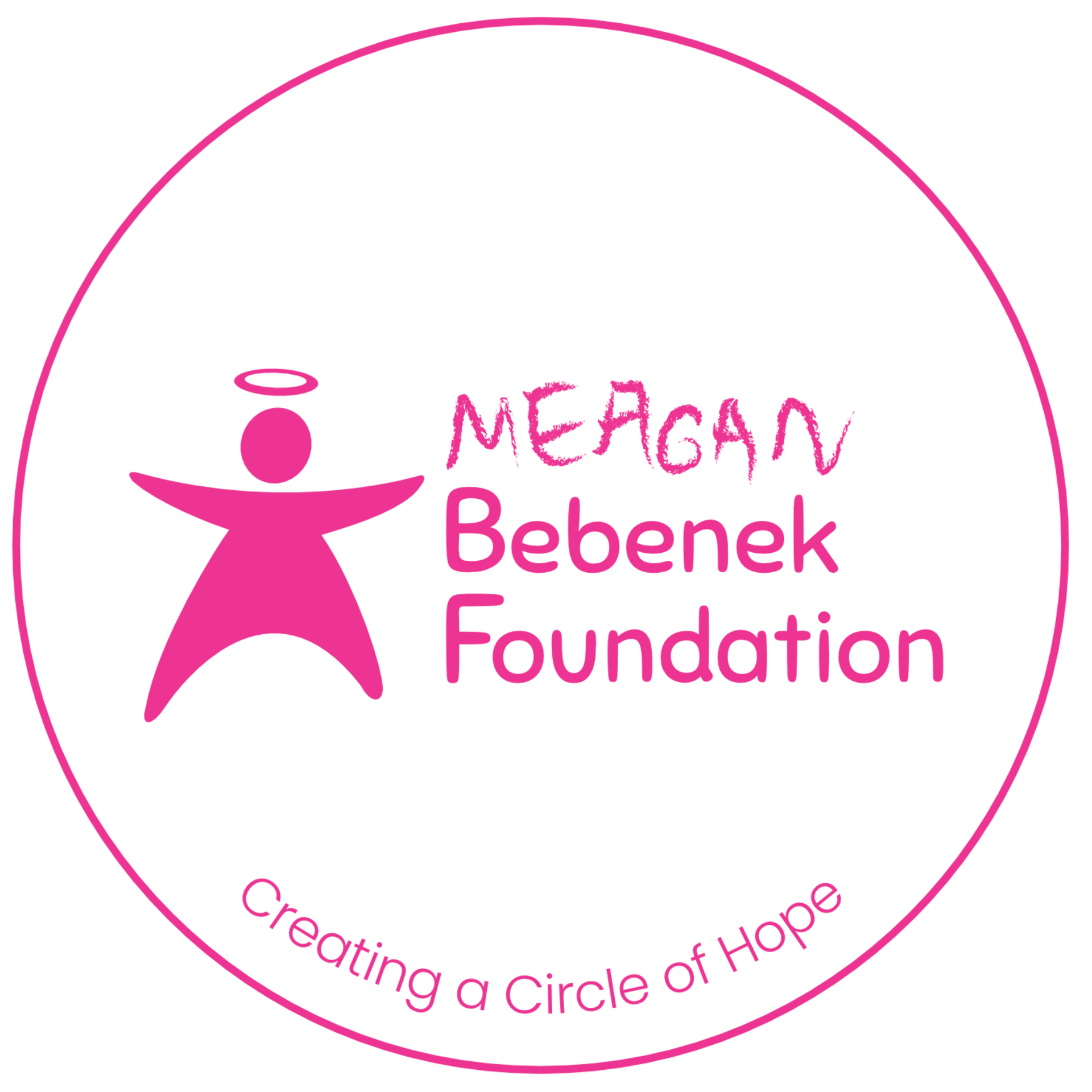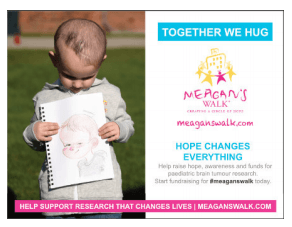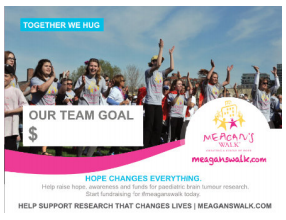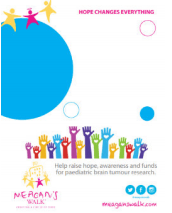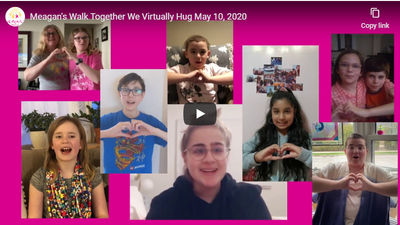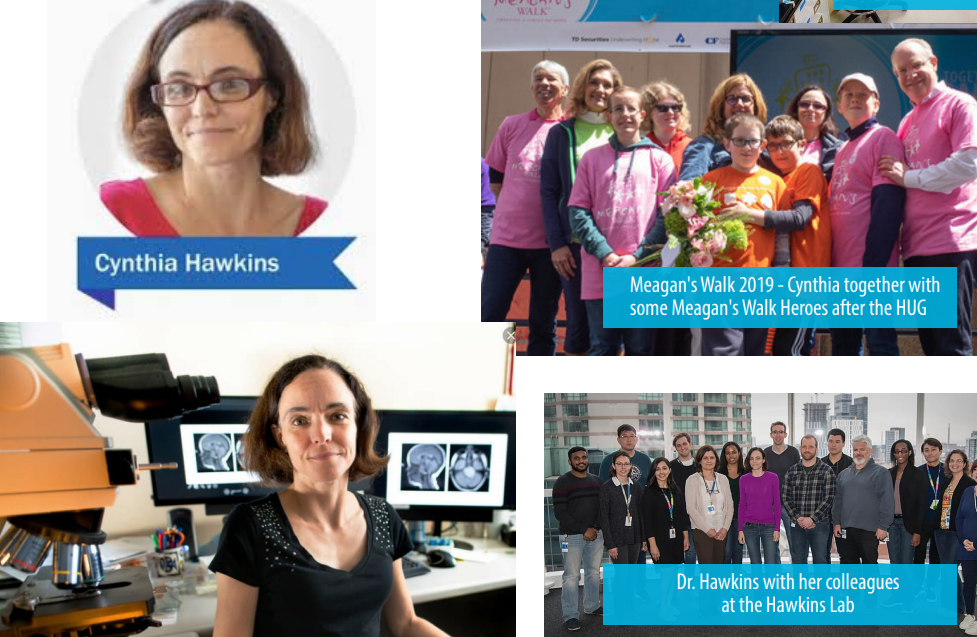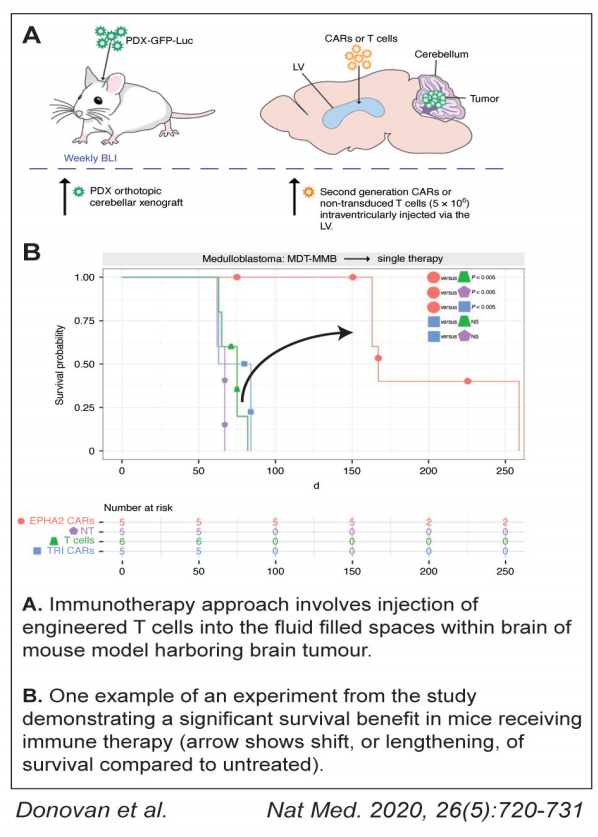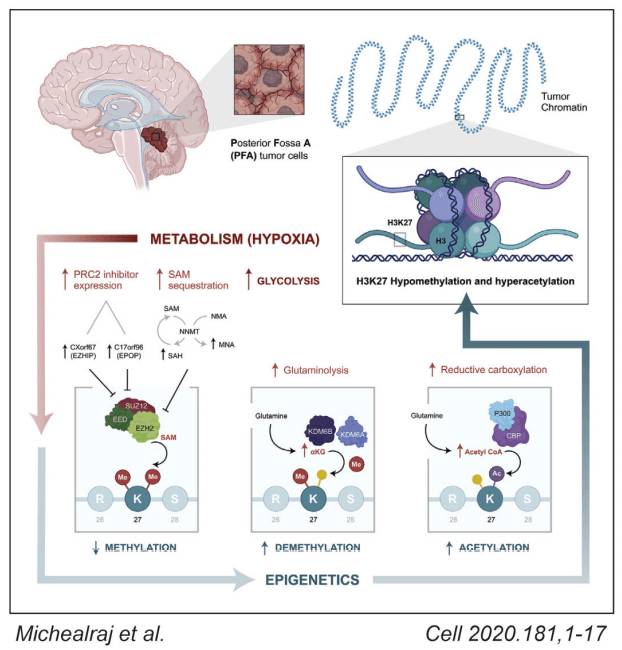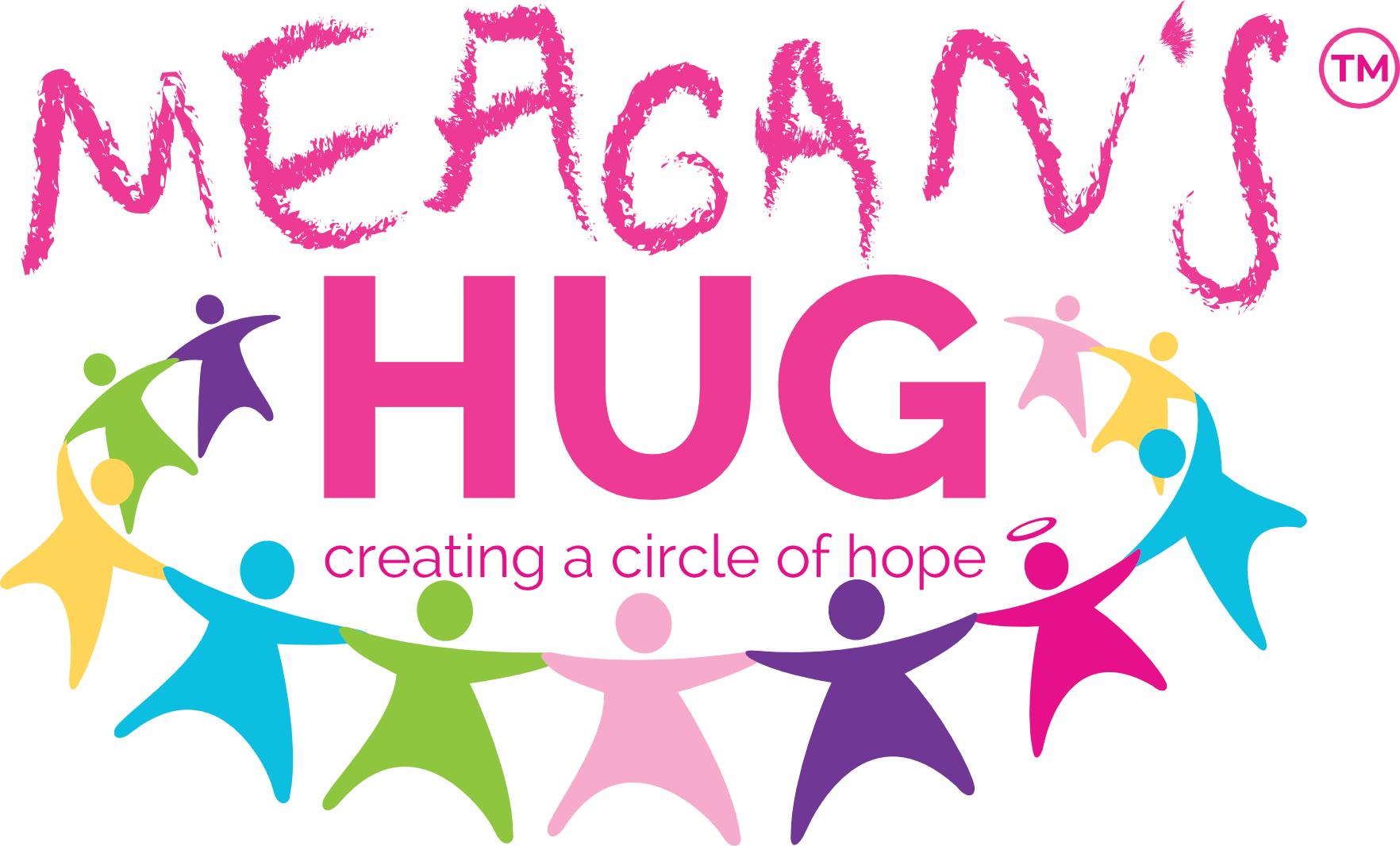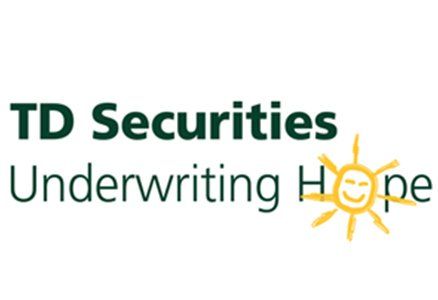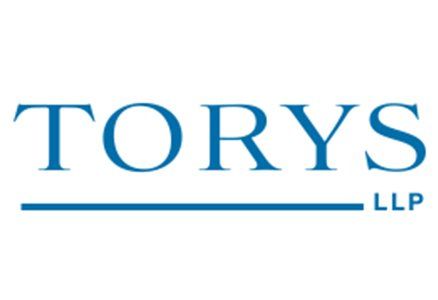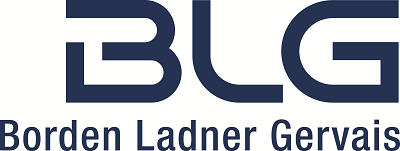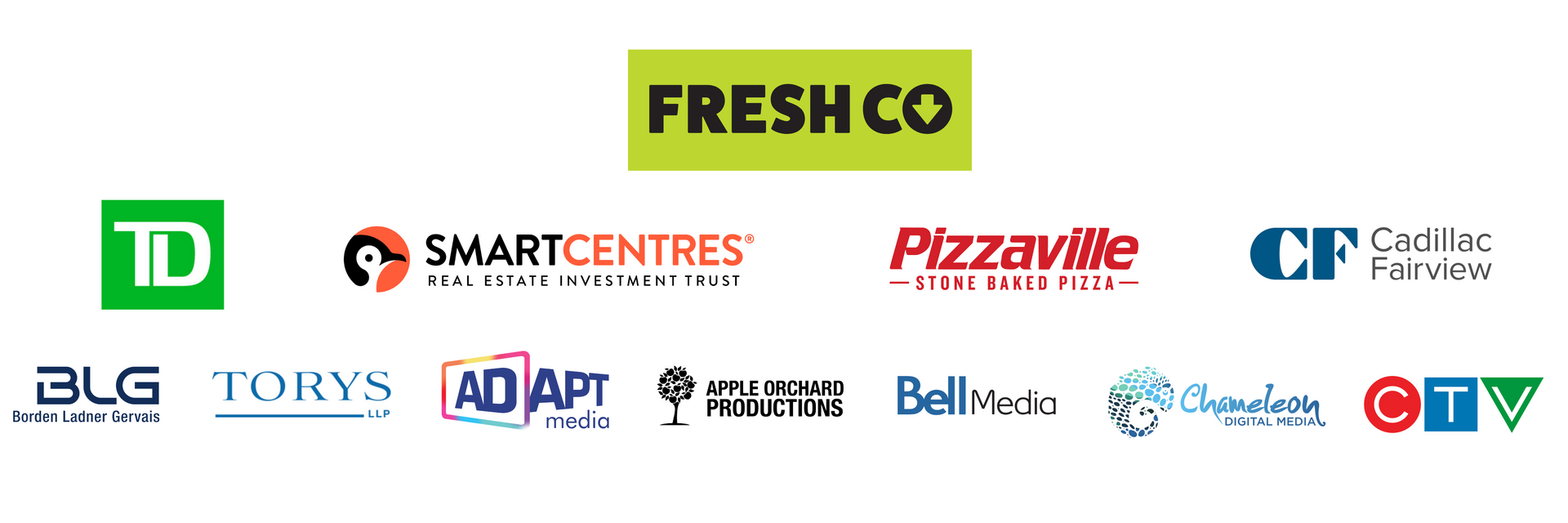Newsletter June 2020
MEAGAN’S WALK NEWSLETTER
JUNE 2020
**All fundraising events should follow the advice of health officials**
Host an online garage sale: Self isolation has provided the opportunity for many of us to declutter cupboards and closets. Looking for a new home for those items? Think about a garage sale and donate the proceeds to Meagan’s Walk. Remember one person’s junk is another person’s treasure.
Lucky Draw: Ask local businesses to donate gift cards and sell tickets. Or, ask your employer to donate a day off and then sell tickets to your colleagues.
Lucky Draw Basket: Put together a themed basket that will appeal to a wide audience and ask your team members to sell tickets. Ask local businesses to donate items for the basket or take the cost of the basket out of the funds raised. If 20 people sell 10 tickets at $10 each, your team will have raised $2000.
Use your talents and sell online: Whether it’s making bracelets or cookies, knitting a scarf, or even sewing masks, think of a hobby or interest and turn it into a product that can be sold online.
Offer to Shop: For a fee, become a shopper for someone. Exercise Event: Host an online exercise or yoga event and charge a small fee to join.
Corporate Matching Gift: Ask your company to match the amount of donations you receive from your donors.
Get Paid for Chores: Cut your family’s, friends’ and/or neighbours’ lawn. Weed their garden. Or take their dog for a walk. You can raise money by charging a fee per pet or charging a fee based on the time spent
We have had some great feedback on our Virtual Hug Video that launched last month. We know that our message of hope resonates in any language and we have seen support with this campaign from around the globe. Help us keep it going. Please share the video within your networks and encourage others to do the same.
Although apart, we can come together to support research into paediatric brain tumours, research that changes lives of children around the world.
We are stronger together!
MEET MADISON EMILY
Madison Emily, born in Montreal on June 3rd, 2003, quickly became known as Maddie. Her sister, Kayla, was born on June 8th, 2005. Happy 15th Birthday, Kayla!
Maddie spent the first three years of her life in Montreal, speaking and learning both English and French. An independent, spunky, fun loving little girl, she was extremely inclusive, a strong motherly figure to others, who loved telling jokes even though most were not overly funny. When we moved to Oakville in 2007 Maddie started school in full French at Ecole Ste. Marie where she developed some very close friendships.
For her 8th birthday Maddie asked all her friends to bring new unwrapped toys to her party, as she wanted to donate them and did not want anything for herself. This sparked us to start Maddie’s Li’l Angels (www.maddieslilangels.ca) in 2005 which donates new unwrapped toys to local charities.
Maddie grew up trying various sports and actvities and finally found her passion in swimming and skiing. She was an avid Girl Guide where she made many great friends. She loved the camps and guiding getaways…away from her family! Our family’s devastating journey began on August 30-31, 2013, when we noticed her left eye was droopy; her neck tilted to the left and she was slightly off balance. We took her to our doctor on Thursday, Sept. 5th and this was the day that everything changed for Maddie and our family of four.
Maddie had a tumour in her brainstem. Diffuse Intrinsic Pontine Glioma (DIPG). Tumour management might give her a little more time with her family and friends. This was the day our life the way we knew it ended forever.
Maddie endured 30 rounds of radiation beginning on September 11th, 2013 which reduced the tumour and diminished her symptoms about 95%.
Her tumour returned January 23rd, 2014, exactly 3 months after her final round of radiation. During the 9 months that Maddie was sick, we were very honest with both her and her sister. They both knew that there was a strong possibility Maddie’s life would be shortened. We created Maddie’s Bucket List and began checking things off: travelled as much as possible -Make-A-Wish trip to the Bahamas to swim with the dolphins; she spent time with friends and family; she made a Sister Scrapbook for Kayla; wrote cards to her close friends and sister; celebrated her 10 ¾ birthday along with her 11th birthday; had a daddy/uncle Master Chef cook-off; and simply tried to cherish every moment together. We developed the slogan “Live Every Moment” and we continue to honour that to this day.
On June 7th, 2014 Maddie died in her sleep, four days after turning 11 years old and 1 day before her sister Kayla’s 9th birthday. That day Maddie became our Little Angel!
Maddie’s greatest fear was that she would never see her family and friends again and she would be forgotten forever. Our support of Meagan’s Walk helps to build hope for other families and children, while keeping the memory of Maddie alive.
Congratulations Dr. Cynthia Hawkins!
Congratulations to Dr. Hawkins who was appointed this spring to the Garron Family Chair in Childhood Cancer Research based on her major contributions to paediatric brain tumour research and translation of state of the art precision medicine cancer diagnostics to the clinical lab at SickKids.
Dr. Cynthia Hawkins is one of the Senior Scientists and Principal Investigators at the Labatt Brain Tumour Research Centre. Her laboratory studies paediatric glioma, the most common type of childhood brain tumour. The most deadly of these, diffuse intrinsic pontine glioma (DIPG), is a major focus of the lab with the goal of better understanding the underlying biology of these tumours in order to develop more effective therapies for those children affected by this diagnosis.
In some recent research supported in part by Meagan’s Walk, Dr. Hawkins worked specifically on analyzing the
genome and proteome of DIPG brain tumour samples. Developing a more detailed and deeper understanding of the biology of a tumour helps researchers as they strive to predict how that tumour will behave, and to tailor the treatment for each patient. By understanding which combinations of gene mutations interact and when they interact, scientists aim to determine which combination of changes support formation of a tumour. Examination of the proteins expressed in DIPG compared with normal brain highlighted several potential therapeutic targets. In particular, abnormal amino acid (methionine) metabolism was a feature of these tumours. In further work funded by Meagan’s Walk, the Hawkins lab is investigating the potential for methionine dietary restriction as a treatment for DIPG. This could potentially be added to current therapies, such as radiation or chemotherapy.
NEWS FROM THE BRAIN TUMOUR RESEARCH CENTRE (BTRC)
During these stressful times and while we shelter in place because of the pandemic, any good news is welcome. This month, despite being locked out of the lab, the advancement of brain tumour research continues. The Taylor lab has published two remarkable studies representing years of intensive work by hundreds of researchers and collaborators across the globe.
The first study, titled ‘Locoregional Delivery of CAR T Cells to the Cerebrospinal Fluid for Treatment of Metastatic Medulloblastoma and Ependymoma’ was published in Nature Medicine (Nat Med. 2020, 26(5):720-731). In this study, the Taylor lab explores the use of immunotherapy to target recurrent medulloblastoma and ependymoma. Given that the recurrent tumours are typically in contact with spinal fluid, they reasoned they could bypass the protective blood brain barrier to deliver engineered T-cells targeting surface proteins present on tumour cells, which are absent on the normal cells within the developing brain. The group found that treatment with the engineered immune cells dramatically improved survival of mouse models harbouring metastatic medulloblastoma and ependymoma paving the way for clinical trial design in children.
The second study titled ‘Metabolic regulation of the epigenome drives lethal infantile ependymoma’ was published on May 25th in Cell (Cell 2020. 181, 1-17). This study looks at the effect of low oxygen levels in the cellular environment surrounding ependymomas found within the hindbrain region of the brain. The experiments in this study greatly advance our understanding of how metabolism, driven by oxygen levels around the tumour, influences how tumour genes are turned on or off; and reveals new ways to potentially target ependymomas in the clinic.
Christian Smith, PhD
Research Operations Manager, BTRC
